Insights
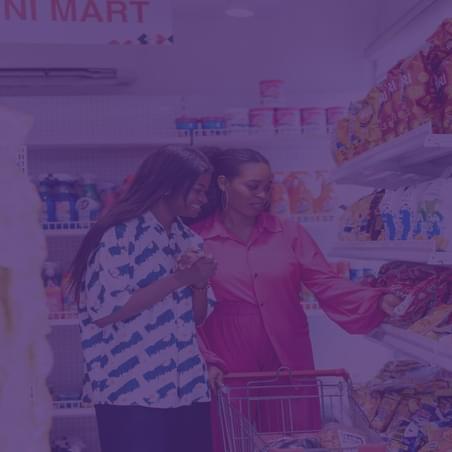
06 Jan, 2026
Beyond Trend Hunting: Five Shifts Worth Betting On in 2026
Read More
Andrew Wardlaw
03 Apr, 2023 | 4 minutes
I might be an outlier, but I’ve got an uneasy feeling about growth prospects for no & low alcohol. And that is because of similarities in the dynamics currently impacting the performance of plant-based meat alts.
In recent months sales of plant-based meat alts have tumbled, with declines felt across key markets including the U.S. and U.K. This is not where we wanted to be with sales barely achieving 1.5% of global meat revenue. Perceived as poor value, sensorially inferior and very much a substitute for the real thing, Deloitte has already warned that ‘the addressable market’ for plant-based meat is probably much less than we thought.
Many commentators suggest that much of the initial success of plant-based meat alternatives was the result of widespread curiosity. Now force of habit has kicked back in.
Officially, the no & low glass is still half full. IWSR is projecting +7% CAGR right through until 2026. Demand is increasing as far afield as Asia, where mindful drinking is fueling equally bullish projections. These buoyant predictions rely on a combination of existing buyers coming back and buying more often as well as an increase in overall buyer numbers. But what if these assumptions are flawed? What if a significant number of previous buyers were on a curiosity trip? What if the ceiling for no & low is much less than we thought?
Attracted by faster growth rates, manufacturers have landed a huge amount of rapidly improving innovation – led by Heineken’s brilliant 0.0 effort. And yet the sector remains fairly small – at best, just 3.5% of the volume consumed in alcohol.
For manufacturers in the no & low space, I suggest that we don’t assume that growth will come. Rather, we work to mitigate the risks of a plant-based style meltdown, activating new strategies, such as the five outlined below.
With over half of adults in western societies seeking to moderate their alcohol intake (65% of Gen Z according to a recent survey by Lucky Saint) - you’ve got to wonder why household penetration for no & low hovers at around 5%.
IWSR projects that 90% of sector growth to 2026 will be delivered by no alcohol liquids. But surely most nominated drivers and alcohol abstainers are already in? So, what if the bigger opportunity (certainly in terms of reach) is low alcohol? Visibility of low alcohol beer & cider options (approximately 0.5%-2.8% ABV) is extremely poor even though the product experience is infinitely better. For a demonstration of this, go try Kettlesmith’s 1.2% ABV Streamline Blonde Ale (pictured).
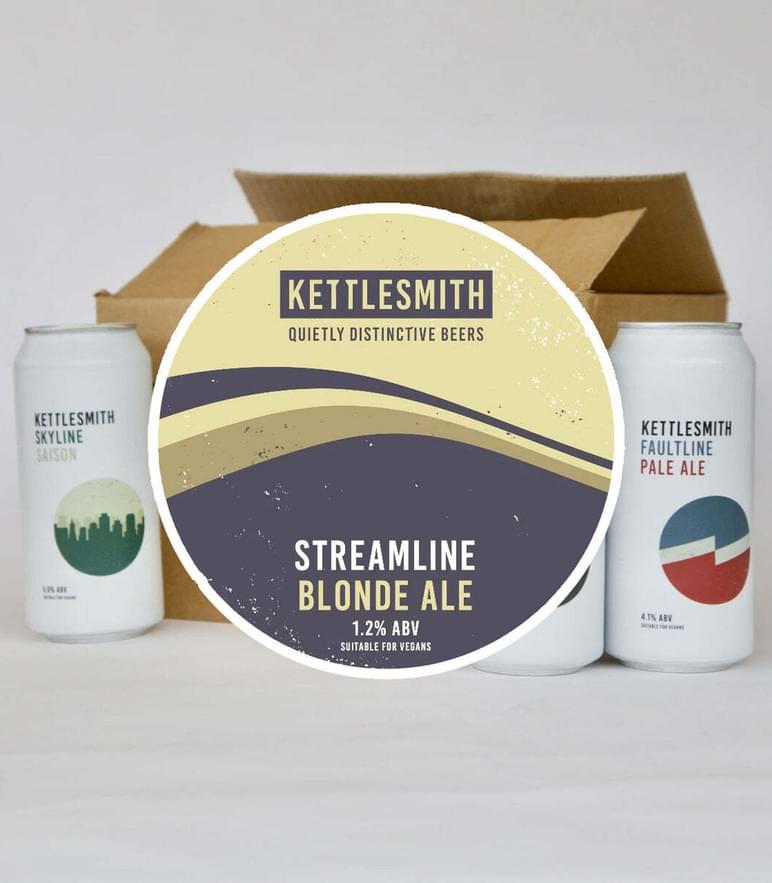
Could opening up the low sector be the best way to convert more people more of the time? After all, 80% of people who consume no & low also consume alcohol.
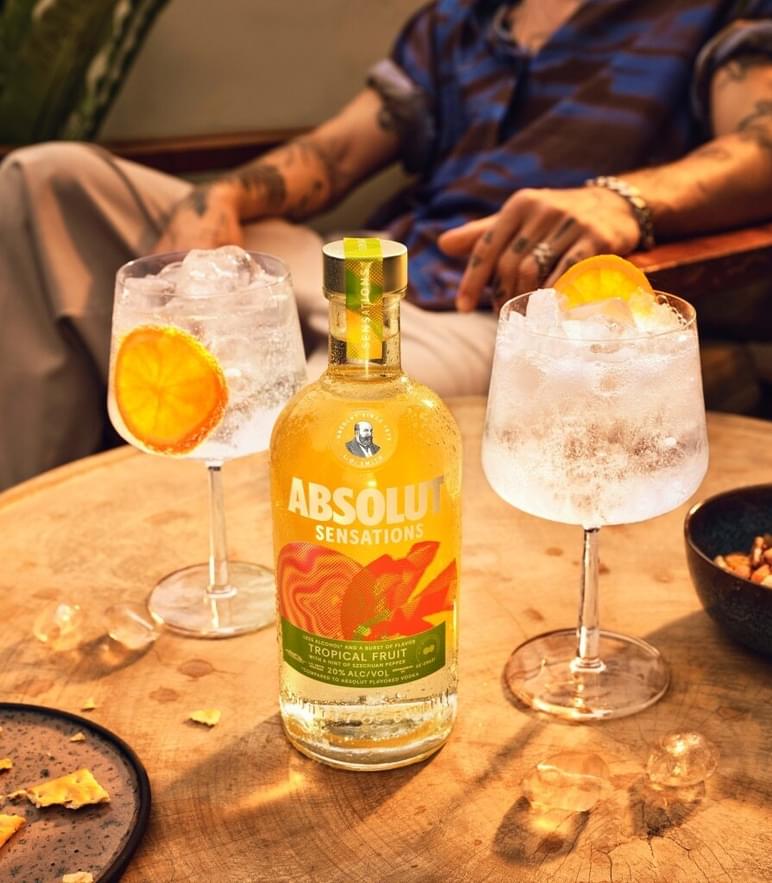
Making tentative moves into the ‘low’ spirits sector, Pernod Ricard owned Absolut, assisted by MMR, has just released a ‘mid-level’ 20% ABV fruit-forward vodka in Germany - positioned to ‘allow people to go at the pace they want’. And in 2021, Beefeater Gin introduced a 20% ABV gin-inspired spirit in Spain. Assuming that these products get decent marketing it will be revealing to see how they fare!
It’s worth remembering that low alcohol not only benefits from superior sensory delivery but it also alleviates a common consumer bugbear – the perception that no alcohol products are relatively poor value for money.
One of the most powerful learnings from the field of behavioral science is that people have deep aversion to loss. To resolve, psychologists advise that we put plans in place to minimize this belief. And that’s exactly what a number of no & low beverage brands are attempting to do – by adding functional ingredients such as nootropics to help with relaxation (Impossibrew, pictured), artisanal salts to replenish electrolytes (Rally) and Saffron to improve memory (TCKET).
These products promote themselves on what’s added. Incidence of loss aversion is likely reduced.

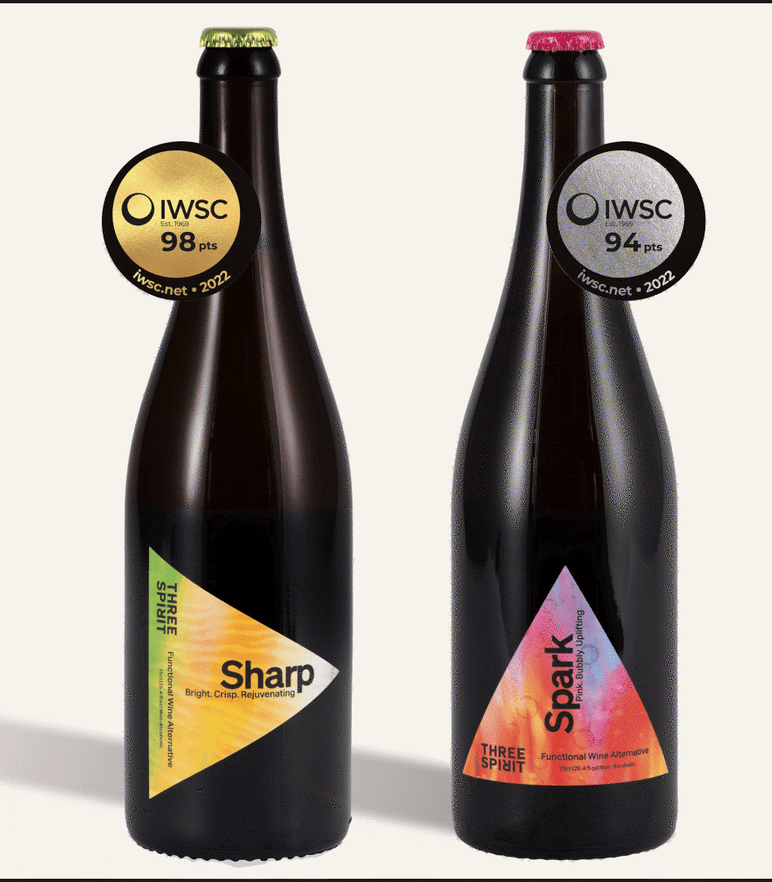
While plant-based manufacturers obsess about mimicking meat, the beverage industry has been spending quite a bit of time aping alcohol. Unless that is you are the Three Spirits company. Rather than trying to perfect a non-alcoholic wine, this motley crew of botanical alchemists have created two vibrant and effervescent brews called ‘Spark’ and ‘Sharp’. MMR sensory specialists Amy Hayward and Harshita Mullick have put this dynamic duo to the test. “These liquids are really rather clever and solve many of the pain points associated with no alcohol products. They are complex and full-bodied. They generate a pleasant heat sensation that builds over time. And they avoid the trappings of being overly sweet.”
That said, the comparison to wine indicated on the label (‘Functional Wine Alternative’) is problematic because it creates expectations. A few people in the office became spectacularly unstuck upon first sip because the liquid experience is nothing like wine. For pioneers like Three Spirit, there is an obvious tension between trying to help consumers understand where and when the new product might be suitable whilst at the same time trying not to mislead. Here, a promise of sensory discovery could work. Regardless, these products certainly raise the bar and must be applauded.
Given low levels of household penetration, industry focus should surely focus on building trial? For no & low spirits this is insanely the case, with sales barely 2% of total no & low.
Australian brand Lyre’s understands this and has made its brand more accessible with a range of ‘Impossibly Crafted’ pre-mixed beverages.
At a time when people’s appetite for new experiences is greater than ever, no & low players have the perfect opportunity to pair their non-alcoholic spirits with exciting new flavour twists and offer beverage solutions that are distinctive and memorable.

My work examining the prospects for food tech (think cultured meat and animal-free dairy) has revealed just how powerful words can be. Different frameworks generate wildly different intentions to trial. Working with behavioral scientists I’ve also learned that framing a new sector as an alternative to an existing one or defining a new sector by what it isn’t (e.g. alcohol-free) is to set it on a path of being forever subservient to what came before.
Dash Lilley, co-founder and Head of Product at Three Spirit told MMR’s No & Low Show that ‘no & low, alcohol-free and non-alcoholic are all a bit clunky, and imply inferior substitution. Names set expectations, and I think we can do better.’
And I really think we can, but it will take a combined industry effort to propel this high potential sector into more positive territory. Frames such as ‘new wave’ or ‘next-gen’ beverages have the power to release no & low from the shackles of substitution. In Germany, several no & low beer brands have positioned themselves as ‘sober sports drinks’. Could this be a contributing factor to that country’s world-beating levels of household penetration?
The prospect of stagnation should make sobering reading for companies who have publicly declared sales targets for alcohol free. Let’s be clear, no & low remains high potential territory – not least because of people’s more intentional approach to well-being.
So, to protect future growth prospects, I urge consideration of some of the additional measures that have been outlined here. Because in a world that’s increasingly thirsty for experiences, we must avoid consumer perceptions of pale imitations – which rarely flourish in the longer term.
Insights

06 Jan, 2026
Beyond Trend Hunting: Five Shifts Worth Betting On in 2026
Read MoreInsights
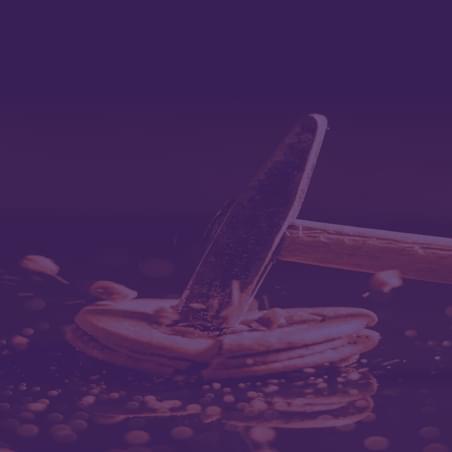
28 Nov, 2025
Five Products: Showing How Sound Shapes Modern Consumer Experience
Read MoreNews
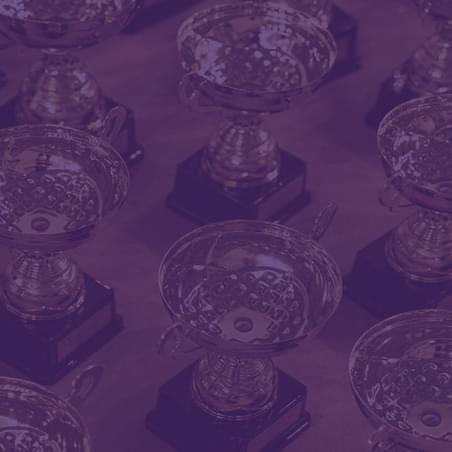
25 Nov, 2025
'If Your Product Updates Don’t Match the Frequency of Smartphone Upgrades, You'd Better Rethink Your Strategy.”
Read More